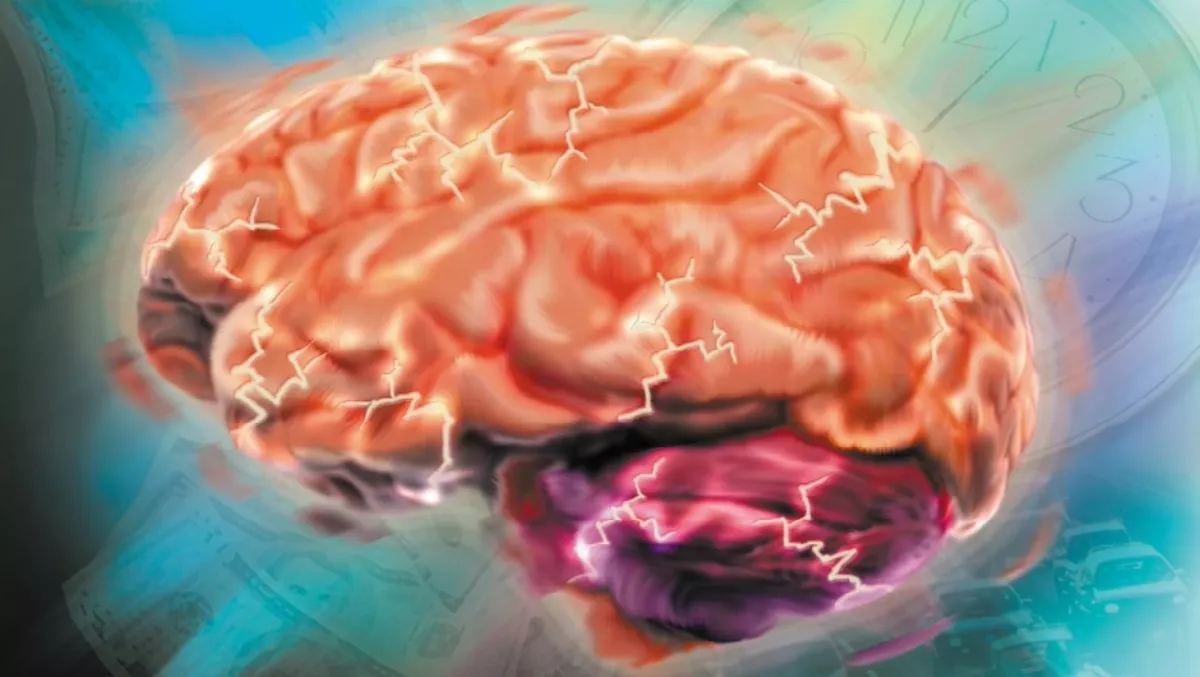
Researchers use brain-scanning tech to ‘read’ students’ brains
Yes you read right. What if we could read students' brains and see what they're thinking?
Regardless of whether you find the idea brilliant or a tad off-putting, the technology has been put in place and the wheels are in motion. The paper, 'Hidden Patterns of Cognition Revealed in Patterns of Brain Activation' was recently published by Carnegie Mellon University's John R. Anderson, Aryn Pyke and Jon M. Fincham.
Essentially, they're using brain-imaging techniques to clarify the various mental stages that humans go through whilst solving math problems. Next up, they're able to use machine-learning algorithms to find the connections between the patterns inside students' heads and patterns in the data generated by students as they interact with math software. Using this information, the researchers hope to be able to develop better educational software that can quickly detect how a student is attempting to solve a provided problem, then respond in a personalised way.
For example, a student may be doing their best to solve a problem by throwing a number of random calculations at it in an attempt to get the right answer, rather than by developing a formula. This intuitive software could recognise the student's floundering and then step in by perhaps redirecting the student to problems with built in techniques to help them learn how to develop the necessary formula.
Positive progress, but still a way to go
John Anderson affirms that at the moment they're limited to measuring exactly how much time students are spending on a particular problem. However, in time he believes they will be able to identify each arithmetic calculation the brain is occupied in, and possibly even the specific numbers floating through the student's head.
When asked in an interview if leveraging the power to see into a student's mind to build better software is in fact a good thing, Anderson say that technology can always be misused.
"But so many educational interactions now are characterised by a teacher or software not understanding what students are really trying to do. I think many students would be only too happy to have some means of communicating what they're doing," Anderson concludes.

